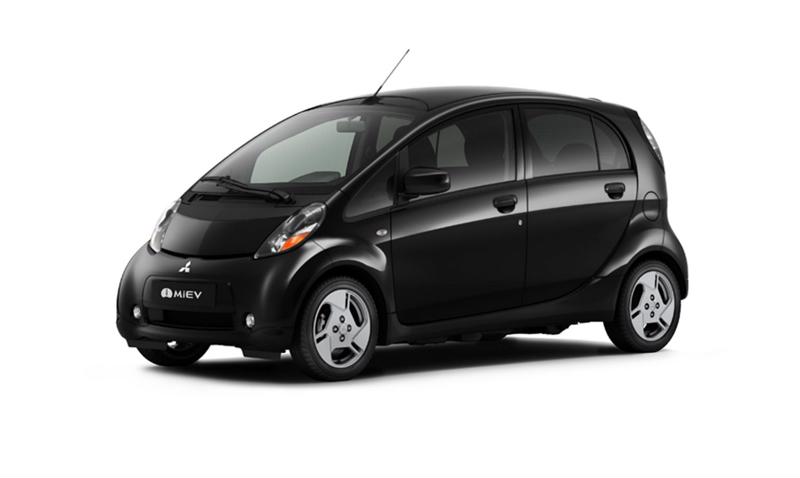Whether you've been driving for years or just bought your first used car, it's always good to know a bit about what's going on under the hood. Having an idea of how things work and what happens when they don't can save you a lot of headaches and trips to the mechanic. Today, we're going to talk a bit about motor oil: what it is, what it does and what happens when it leaks or needs to be changed.
"Motor oil keeps engines well-lubricated."
Why do cars need oil?
Engines are made of hundreds of metal parts that bump, grind and rub up against one another. Motor oil provides lubrication to prevent excess wear and tear, allowing each part to function as expected as long as possible. Without oil, the engine will not run as smoothly due to all the friction of the hard surfaces colliding without protective barriers. Cars.com pointed out that oil can actually help keep the engine cool as well.
What do all those numbers mean?
If you have had to buy a bottle of oil for your car, you may have been confused by all the numbers and letters defining the different options. So what is the difference between 5W-30 and 10W-40? The specifics behind these numbers have to do with the testing process, but what you really need to know is that the different codes represent different viscosity, or thickness, levels. Some oils are designed specifically for higher-mileage vehicles and others are made to be used in commercial vehicles with larger engines.
How do you know which to choose?
The type of oil you'll want to use will depend on the kind of used car you drive. Everything from the size of the vehicle to its age and even the time of year can influence which type of oil you'll need. For example, it is better to use a thicker oil in the winter and a thinner one in warmer months. Thankfully, you only need to check the owner's manual to find out what the automaker recommends for your make and model. You can also seek out the advice of an expert when you take your car in for a tune-up or an oil change.
What should you look for when checking the oil?
The primary reason to check your oil is to ensure there is enough to keep the engine lubricated. Doing so is a simple process that should take more than a few minutes and should be done every month or two. Ideally, you will want to find a decent fluid level and liquid that is golden brown, dark brown or black in color, and free of debris.
Checking the oil is easier than you think.
var atlantisVideo = AtlantisJS.Init({videos: [{id: “2807”}]});
Checking the oil also gives you an opportunity to spot potential problems like leaks. If you notice that the level is particularly low, add a quart or two to the tank and check the level again in a few days. You might have a leak if the level has dropped significantly in a short time, and you should see out a mechanic's help. The same advice goes for if you can see flecks of metal or debris in the fluid, as this may mean it's time to replace your oil filter. It could also point to another leak somewhere in the engine.
How often should you change the oil?
Much like the oil type, the frequency of changing it relies on numerous factors. The age and condition of the car will dictate this maintenance schedule. Older cars can often go longer between changes, since their parts tend to be a bit more worn and smoother and they won't require as much lubrication. However, newer models are made with more advanced parts and can last longer than traditional recommendations. The old rule of thumb was to change the oil every 3,000 miles, but more recently, automotive experts have stated that drivers can wait anywhere from 5,000 to 7,500 miles. A professional can provide a more specific range depending on the type of car and its condition.







 The unique design may be the only appealing thing about the i-MiEV.
The unique design may be the only appealing thing about the i-MiEV.